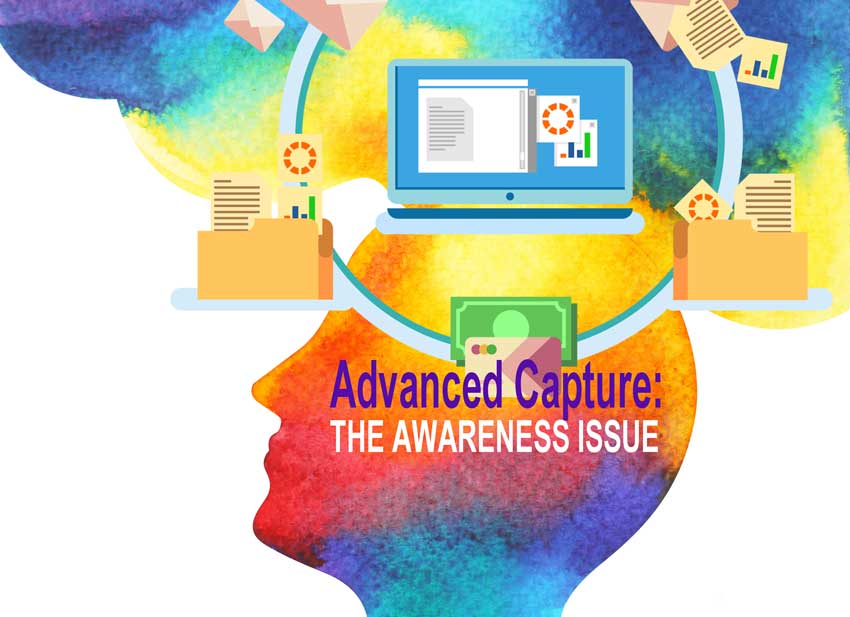
Business Process Optimization Drives Industry Focus
What is the single biggest constraint to advanced capture adoption? It’s awareness.
To most solution architects, capture is a “no brainer” when designing business process workflows. And business process is still the dominant focus and driver for re-engineering.
There’s tons of buzz around RPA-enhanced workflow and cognitive document processing. The focus is on making the overall solution itself more intelligent, not merely improving the efficiency of a specific process.
In order to achieve smarter business solutions, you have to access more data faster with fewer errors. More so than ever—in the world of smart systems, which learn as they go—error reduction is critically important.
Errors and Their Exponential Nature
Why are errors such an important factor? Aside from the exponential “cost to correct,” in our new world of smart systems that learn as they go, items submitted in error are included in the learning process of the system. If unchecked, this can cause the system to adapt to the error. In other words, these smart systems do not “learn from their mistakes,” they incorporate them. This means the process can become less efficient at greater automated speeds. A lot more problems will be produced before they are noticed and addressed.
To the greatest extent possible, the reduction of errors in every step of the process (or processes) is paramount.
Any process engineer will tell you the goal is to perfect the transaction as much as possible at every incremental step so as to reduce exponential correction costs downstream. The 1-10-100 rule speaks to this specifically and is amplified in RPA-enhanced processes. The rule addresses the hidden, but significant cost of fixing errors, which is an order of magnitude greater than the cost of avoiding them or when that’s not possible, correcting errors early in the process. However, the error correction costs pale in comparison to the downstream business costs of leaving errors in place.
Awareness and Advanced Capture
Document processing and data acquisition are mechanical processes and ones that, in most cases, are already in place so they don’t get much scrutiny or consideration from solution architects. And yet, as the first point of contact, it is as critical—if not more so—than any other step in the process.
It is not uncommon for us to see environments where 50% of the overall labor force is expended on less than 5% of the total transactional volume.
We’ve all heard the phrase, “If it ain’t broke, don’t fix it.” Often companies don’t realize that an incremental decrease in errors in the document capture process can significantly increase overall productivity. It is not uncommon for us to see environments where 50% of the overall labor force is expended on less than 5% of the total transactional volume.
But It’s Already Paid For
It’s like the family car: since it’s paid for, all you have is operating and insurance costs so why would you buy a new car? However, say the new car paid for itself with savings from its own reduced operating costs and then also paid for all maintenance and operating costs for all your other cars. That’s a different story altogether. You’d likely buy that new car.
Self-funded Advanced Capture
That’s crux of our awareness issue. Corporations are only now realizing that Parascript FormXtra.AI advanced capture pays for itself. And then, the retained earnings that Parascript provides can be used to fund much larger projects such as RPA enhanced workflow, Legacy Migration, Digital Transformation, Compliance and much more.
###
>>If you found this article interesting, you might find this eBook useful:
>>To find out more about self-learning capture with zero configuration, check out this FormXtra.AI demo here: Self-learning Document Capture Demo
>>You might also find this webinar on digital transformation useful:


